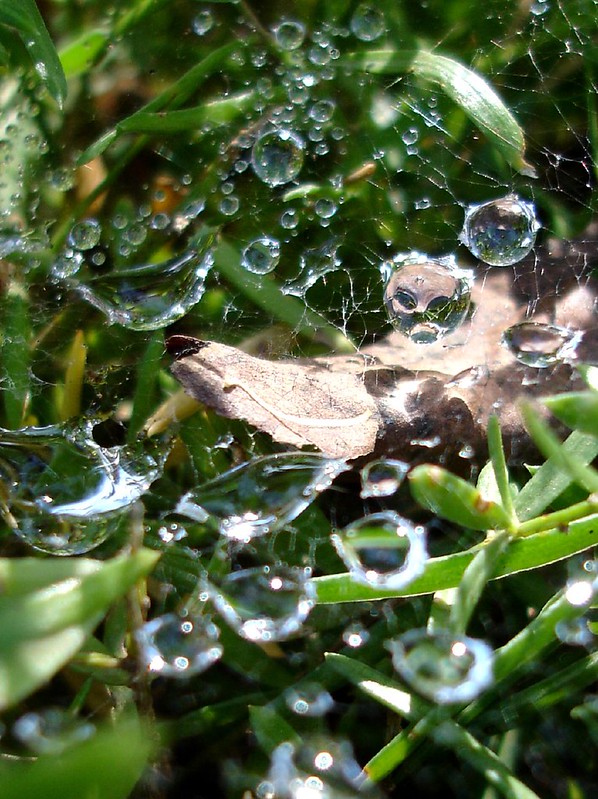The stages of water treatment
The process can be divided into the following procedures. The model used is water treatment in sewage treatment plants, as this has similar problems to those that occur in aquaponics and hydroponics systems.
Physical methods
Biological processes
Chemical processes
Membrane process (also part of physical treatment)
Given the amount of wastewater generated, our focus here will also be on an energy-efficient process, as the construction of the "sewage treatment plant" is also subject to challenges.
Water treatment is an essential process for cleaning and recycling our process wastewater, both to minimize environmental pollution and to ensure a sustainable water supply. In municipal sewage treatment plants, the water goes through various treatment stages, which are combined depending on the type of contamination and the specific requirements of the plant. Basically, the processes can be divided into physical, biological, chemical and membrane technology processes.
1. Physical processes
Physical processes are used to mechanically optimize water quality by removing solids or influencing the physical properties of the water. Various techniques are used:
1.1. Rakes and sieves
In the first stage of water treatment, coarse dirt such as plastic parts, leaves or paper is removed using rakes and sieves. This mechanical pre-cleaning prevents damage to downstream system components and improves the efficiency of further treatment processes.
1.2. Sedimentation
Sedimentation uses gravity to allow heavier particles to sink so that they settle on the bottom of the sedimentation tank. This creates so-called primary sludge, which is later reused in sludge treatment.
1.3. Aeration
The targeted supply of air can increase the oxygen content of the water. This promotes biological degradation processes and helps to remove volatile substances such as ammonia.
1.4. Thermal treatment
Some pollutants can be rendered harmless or removed by heating. Thermal processes can also be used for disinfection or to evaporate certain volatile substances.
2. Biological processes
Biological processes rely on the natural degradation processes of microorganisms to remove organic substances and improve water quality. The most important methods are:
2.1. Anaerobic wastewater treatment
During anaerobic treatment, organic substances are broken down by microorganisms in the absence of oxygen. This leads to the formation of methane, which can be used for energy.
2.2. Sludge digestion
In digestion towers, the sewage sludge produced in the sedimentation process is further broken down by anaerobic bacteria. This reduces the amount of sludge and produces biogas.
2.3. Biochemical oxidation
In the activated sludge stage, microorganisms oxidize organic compounds to carbon dioxide and water under the influence of oxygen. Nitrogen-containing compounds are broken down by nitrification and denitrification.
3. Chemical processes
Chemical processes are used to remove dissolved substances and germs through targeted chemical reactions. The most important techniques are:
3.1. Flocculation
By adding flocculants such as iron or aluminium salts, the finest particles are bound to form larger flocs that can more easily sediment or be filtered.
3.2. Precipitation
Precipitation reactions are used to convert dissolved substances into an insoluble form. For example, phosphorus can be removed from water by adding precipitants.
3.3. Neutralization
Acids or bases are added to adjust the pH of the water to an optimal range. This is important to prevent corrosion in pipe systems and to optimize the efficiency of subsequent processes.
3.4. Disinfection
Chemicals such as chlorine or ozone are usually used to kill pathogens. Since we are dealing with living organisms, this process is not an option.
4. Membrane processes
Membrane technologies offer particularly fine filter processes to remove even the smallest particles and dissolved substances from the water.
4.1. Micro- and ultrafiltration
These processes use membranes with fine pores through which only water and dissolved substances of a certain size can pass. Bacteria, viruses and macromolecules are efficiently removed.
4.2. Nanofiltration
Nanofiltration is an even finer filtering technique that removes dissolved salts and organic compounds from the water. This process is often used to soften water or remove pesticides.
4.3. Reverse osmosis
Reverse osmosis uses a semi-permeable membrane to remove almost all dissolved substances from the water. This process is used for desalination or to produce ultra-pure water.
Combination of processes
In professional filter systems, technologies are used depending on the requirements of the system and the nature of the wastewater. The aim is to ensure that water treatment is as efficient and sustainable as possible. Energy use also plays an important role. By using biogas from sludge digestion or using energy-efficient ventilation systems, the filter systems can reduce their energy consumption and make a contribution to environmental friendliness.
Picture: tinyfroglet, https://www.flickr.com/photos/tinyfroglet/
Kontext:



Add Comment